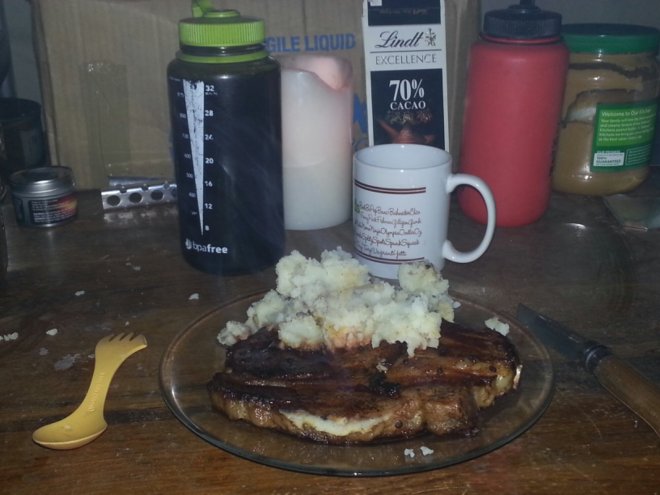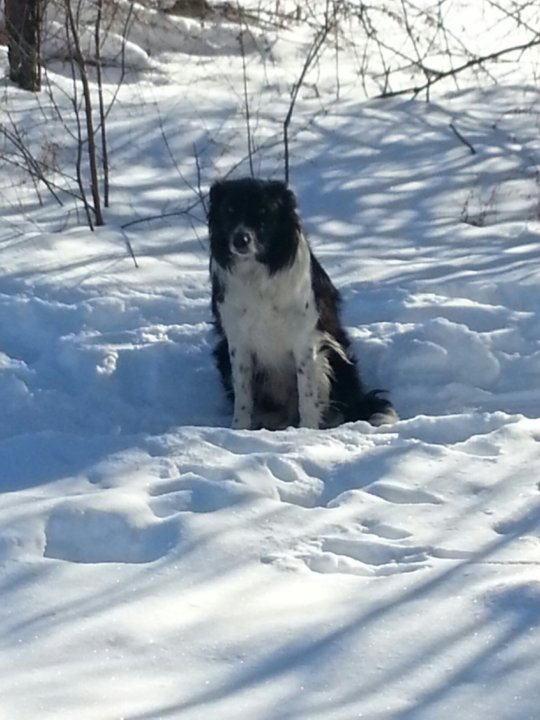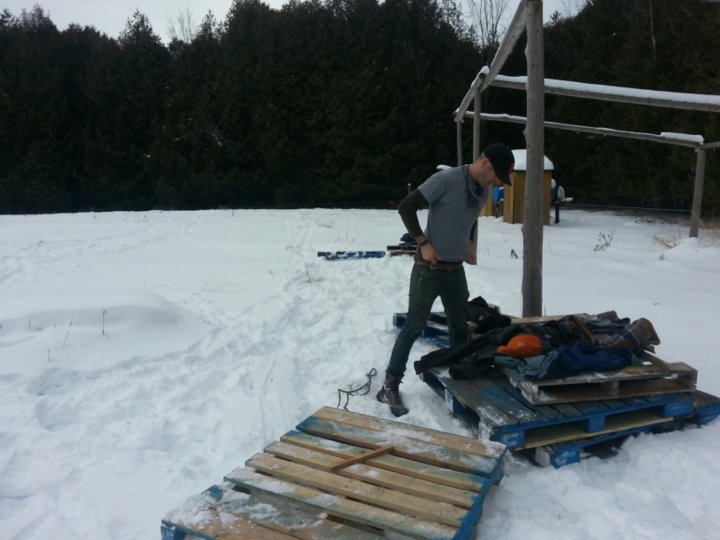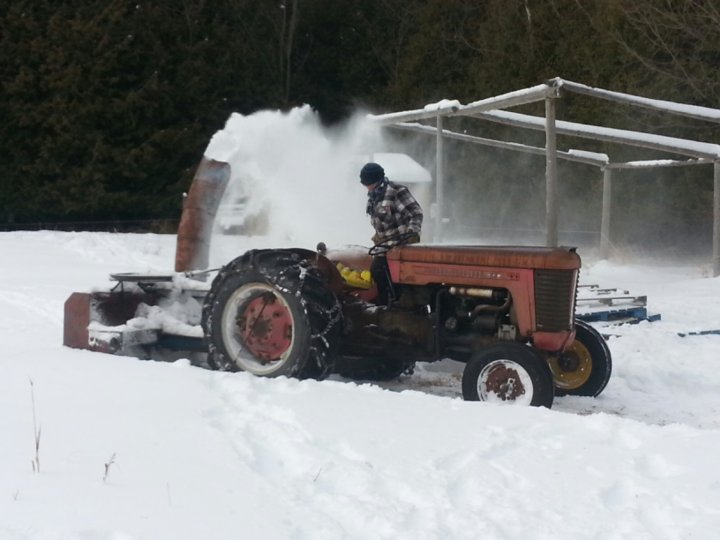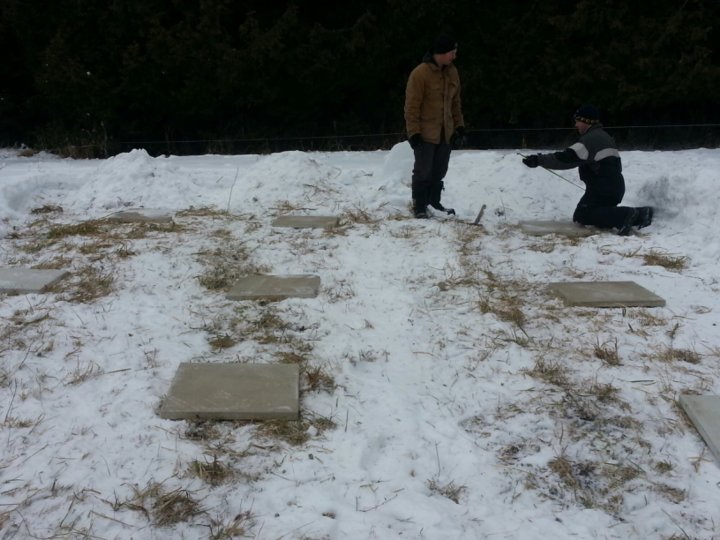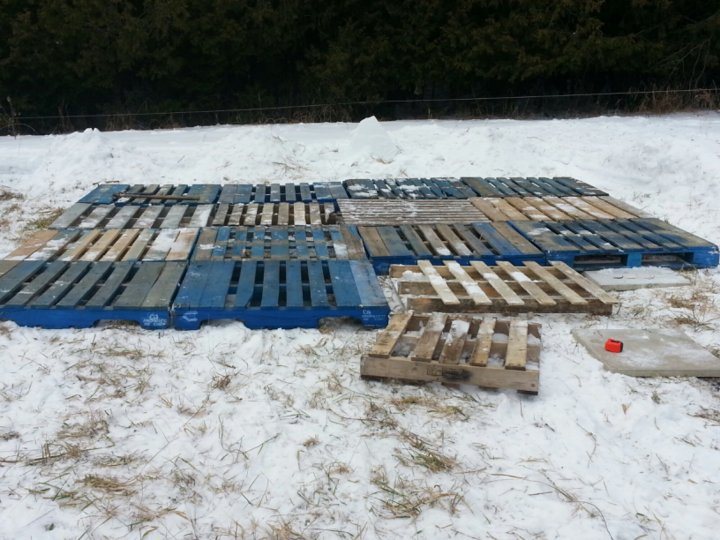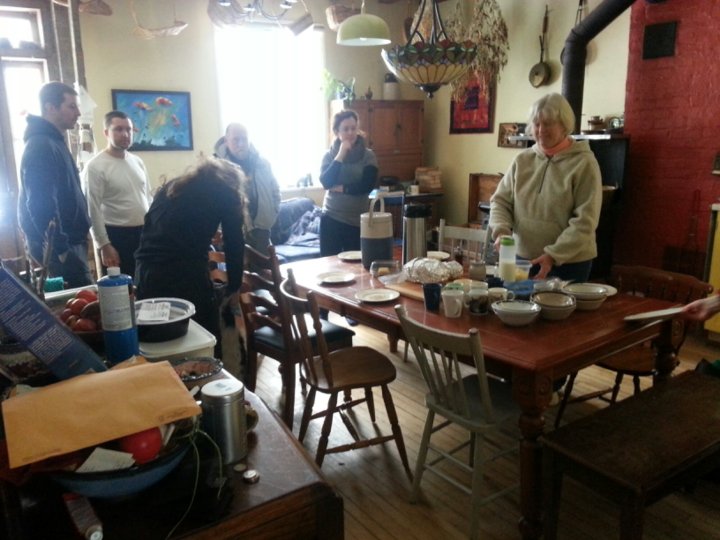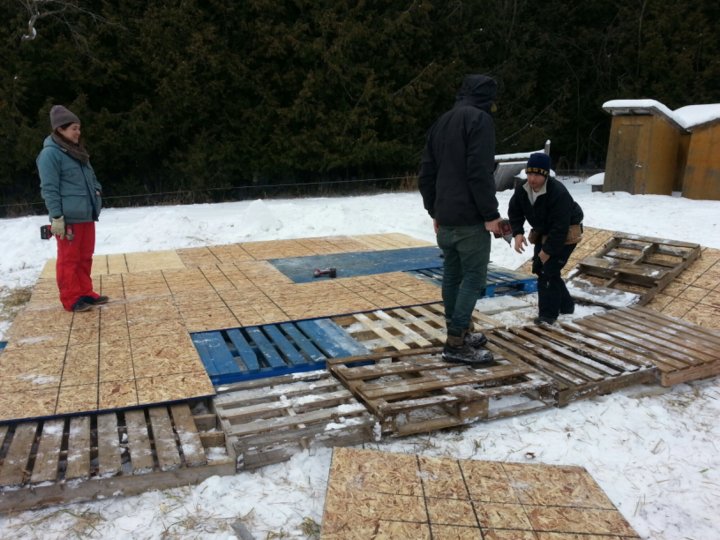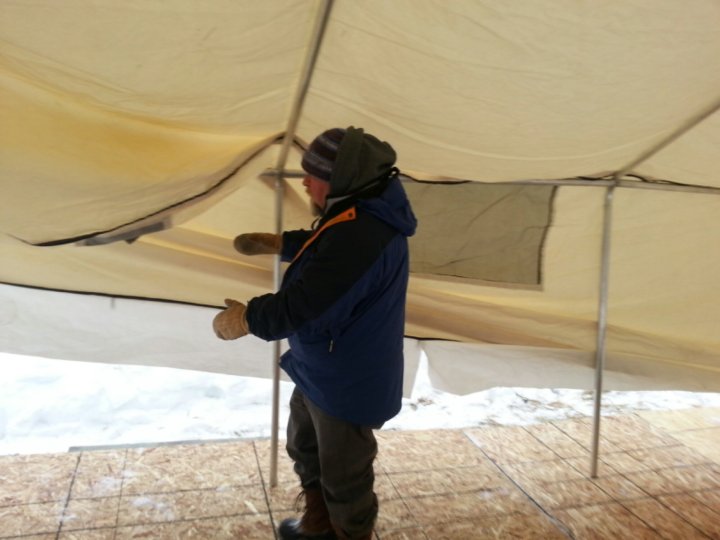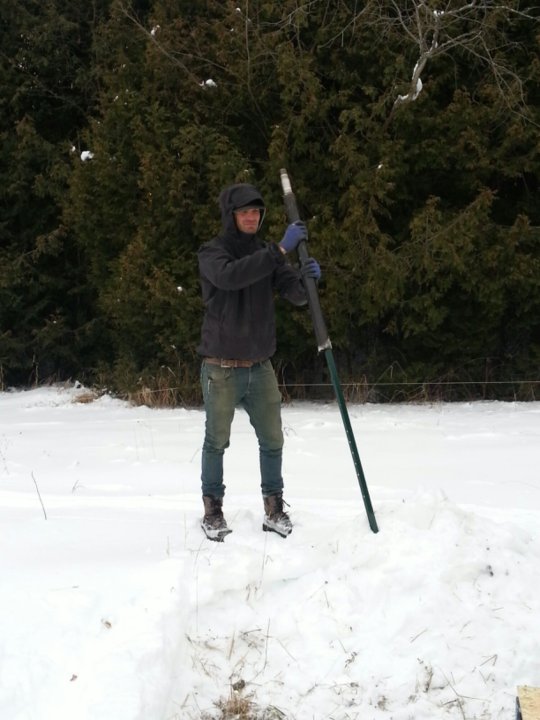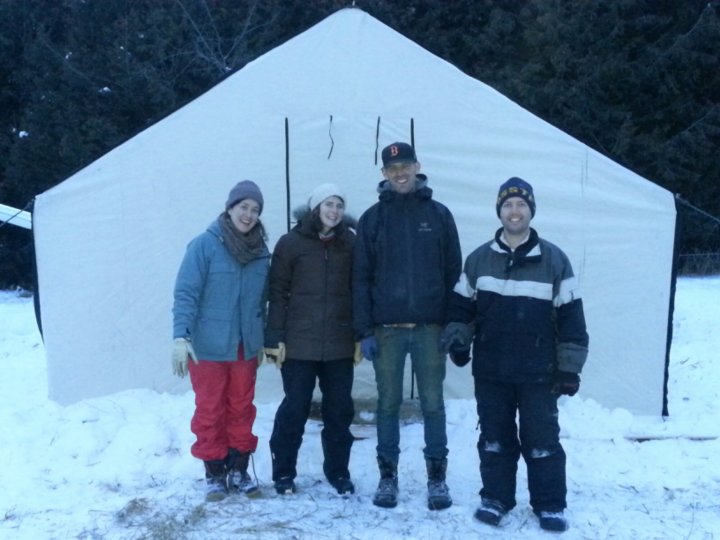As mentioned in my previous post in this series, I have three roommates who are far from welcome, Cold, Dark, and Lonliness. Last time, I discussed Cold, today, I would like to introduce you to Dark.
We, as humans, tend to try and avoid darkness. It is, most likely, an evolutionary behaviour since our eyes are terrible at seeing in the dark. We prefer daylight. It allows us to avoid unpleasant surprises that may result in death or injury, whether that is a sabre-toothed wolf hunting our early brethren, or simply a hole in the path that we fail to see while dragging a load of wood in a toboggan to our camp… something that has personally happened to me many times. All in all, our preference for light is fairly understandable.
We surround ourselves with light, as much as we can. From a simple campfire or handheld torch, to gas lamps and through to modern electrical light bulbs, we try out very best to overcome the darkness. It is not rare to drive through either a city or a rural area at night, and see a building fully lit, every window beaming the soft yellow glow of electricity, whether somebody is there or not. While I believe this is a massive waste of electricity and a prime example of human folly, I also understand it. We are afraid of the dark.
In our modern cities, light pollution has effectively cut us off from the stars above. Entire generations of children have never seen the night sky, have never learned the constellations, have never celebrated under a full moon, or been awed by shooting stars or the northern lights.
Living in a tent, I do not have to worry too much about light pollution. Russet House is far enough away that even if they were to turn on every light, a fact that is unlikely as they are very frugal about their power usage, it would not impact me in the slightest. Walking to my tent at night, I can see one neighbour’s halogen security light shining through the trees, and I am also aware of a glow in the sky to my south from what I presume to be another neighbour not too far from me. All in all, I am free to enjoy the stars throughout the evening.
And I do enjoy the night. I do enjoy darkness. I have yet to light my pathway going to my camp, even though it has caused me to stumble a few times as mentioned above. As Wendell Berry says, “To know the dark, go dark.” Darkness provides the world with another layer, another way of seeing and experiencing. Trees, snow, buildings, tents, everything is subtly different when lit by a thin crescent moon on a hazy night. And there are few things more wonderful than standing in the middle of an open snowy field, lit by the Full Snow Moon of February, and simply marveling.
But I must also be honest, at times, the Dark makes tent living especially difficult. When one lives in a tent, the Dark disallows much work to be done, even though the body and mind are still fit for doing it. It is difficult to read, to write, or to even see inside the tent. It is unsafe to do much axe-work, though I will admit, I have chopped more than my safe share of firewood by headlamp (I had a rule prior to this year to never cut wood after the sun has gone down. This is a personal rule I am very ashamed to have broken many times in the past two months).
As well, there are times where the Dark can be oppressive. It, like its brethren Cold, is always there in a tent. No matter how much light I have around me, Dark is always there, biding its time until its temporary banishment is over and it can return.
I have assembled, while living in the tent, a number of tools to help me with the banishment of Dark. I have a headlamp that I wear all evening, and an overhead LED light, both of which are more than adequate to light the room while their batteries are strong and fresh. In the cold however, this does not seem to last too long. As this winter has continued longer than most locals expected and has been much colder than anybody has ever remembered it being, batteries have been a bit of a struggle for me.
I tried Kerosene lamps. They give off a nice soft glow and work well with the romantic “pioneer” motif that I have going. Had I spent money on good lamps, they would probably work well too. Sadly, I sprang for the World Famous brand lamps from Canadian Tire. I feel confident giving a review on them. They’re absolutely terrible. I purchased two, thinking I could hang one on each end of the tent, providing me with wonderful light to play my harmonicas and wax poetically by. They both broke through regular use in a matter of weeks days. I should clarify, technically they DO work. They also give off terrible black smoke, flare up (picture having a lantern fully engulfed in fire hanging just a foot or so below the peak of your cotton tent), and leak Kerosene terribly. Living in a tent, I am learning to be content with the risk of fire, but these firebombs were just too much for me. They are now sitting patiently in storage, waiting for me to figure out what to do with them.
Candles are nice. They work well, give off a nice glow, can adapt to my lighting needs (many are lit when I’m entertaining, few are lit when I’m reading by myself) and are quite reliable. That said, they tent to melt quicker than I would like and are a constant expense.
Depending on the evening, I primarily use both candles and my headlamp, though recently, with the warmer summer temperatures, I have also put new batteries in the LED light, making the tent exceptionally bright, at least until the batteries fade out.
As another blessing, tonight is the night to change the clocks ahead. Though this means I will once again be waking up in the darkness, it also means that I will have an extra hour of the day after class with which to chop some wood and do my chores. Or at the very least, it will allow me to see the holes in the path before I fall into them. Hopefully.
I will be blogging little over the next week as Adar will be in town, though I do have a couple of small posts that will be coming out.
Sincerely,
Adam

